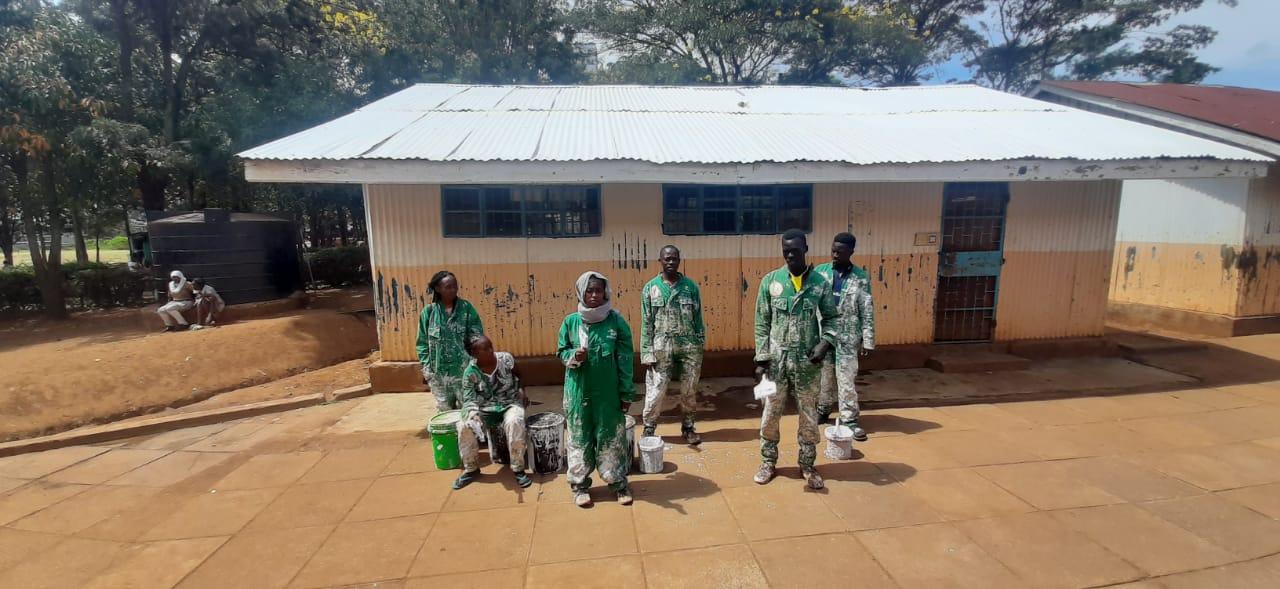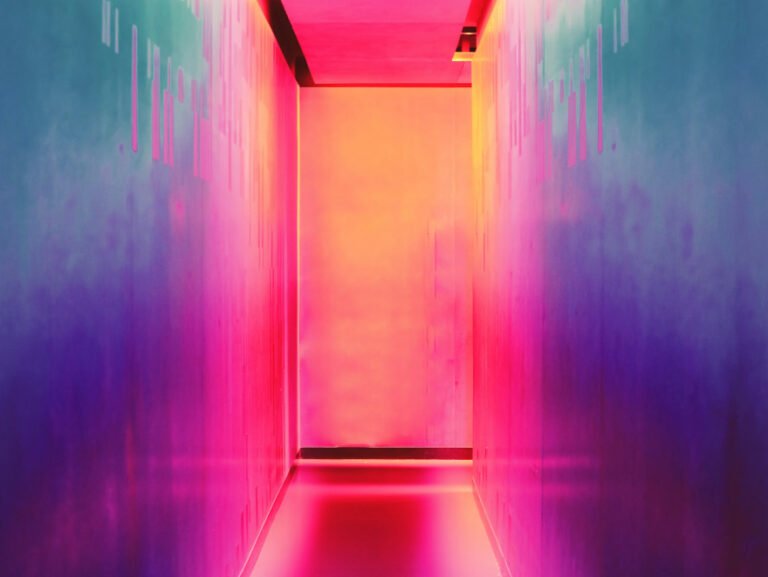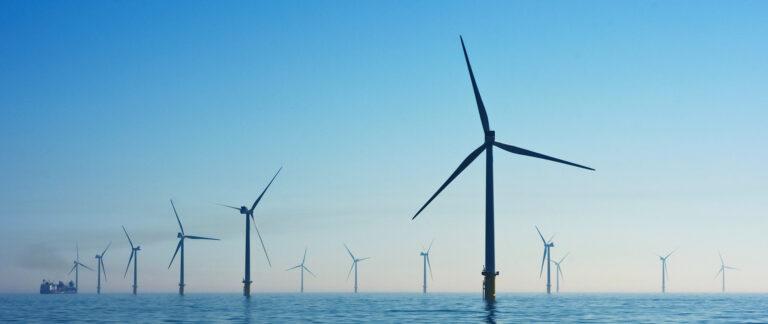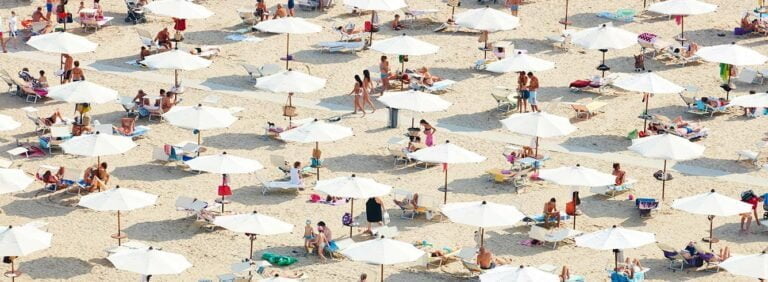In the midst of rising global temperatures, a new, innovative use of titanium dioxide (TiO2) could enable millions of people to beat the heat in urban settings.
According to the Clean Cooling Collaborative, more than 1.2 billion people globally are at high risk of heat-related threats to their lives and welfare. While air conditioning units continue to be popular to keep buildings cool, they are not a stand-alone solution, particularly for people living in the developing world because they can be costly to purchase and expensive to run. Another challenge is to ensure sufficient renewable energy to run air conditioning in a climate-friendly way.
With an average of 12 000 people killed each year by heatwaves, the challenge is now to find new sustainable cooling technologies to provide people with practical and inexpensive ways to cool their homes and workplaces.
One initiative that’s committed to tackling the problem is the Million Cool Roofs Challenge. Set up by the Clean Cooling Collaborative, in collaboration with the Global Cool Cities Alliance, Sustainable Energy for All and Nesta Challenges, it’s a $2 million global competition to rapidly scale up the deployment of highly solar-reflective cool roofs in developing countries. Ten projects were awarded $100 000 each to apply solar reflective coatings to reduce the amount of heat generated by solar energy absorbed by buildings.
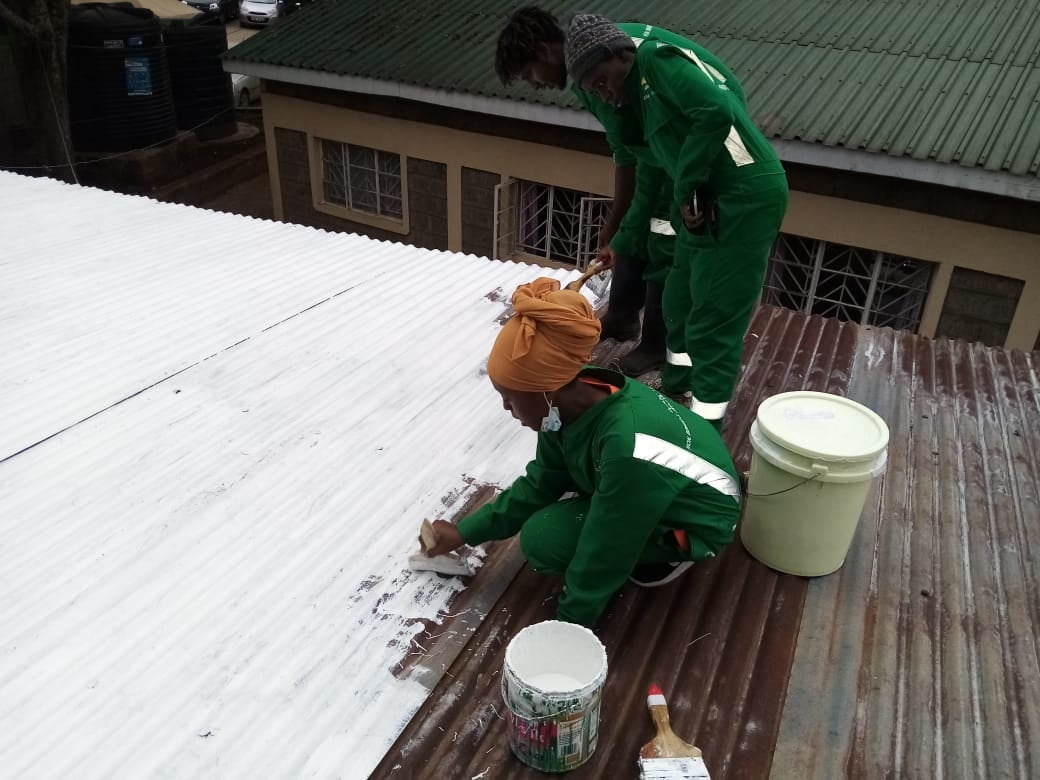
Award-winning solution for Kenyan settlements
One of the companies awarded $100 000 was Steam Plant Ltd in Kenya, which applies “cool” white roof coatings to buildings in Nairobi’s informal settlements, where approximately two million of the city’s inhabitants live. These dwellings are cramped and thermally inefficient, exposing inhabitants to heat stress and associated health hazards like heat stroke and heat rash.
“We realised that the people who are mostly affected by heat in cities are the people in the informal settlements,” explained Dr Nguchie Gathogo, technical director at Steam Plant Ltd. “Our aim was to mitigate heat stress that puts people at most risk from extreme heat and to offer cooling options to inhabitants who lack the financial means to run expensive air conditioning units.”
A 2017 study by Johns Hopkins University found that three of Nairobi’s informal settlements – Kibera, Mathare, and Mukuru – saw temperatures that were up to 4.8°C warmer than the city’s official weather station nearby. This “heat island effect” is a growing problem in many cities and is caused by the absorption of heat by concrete and other construction materials, making urban areas much warmer than rural ones.
Working in partnership with Topps Products, Steam Plant Ltd is applying Topps Seal® white roof coating – a type of passive cooling – to the settlements’ corrugated tin roofs. The coating works by reflecting the sun’s radiation away, reducing the ambient temperatures inside buildings and the “heat island effect” in surrounding areas. Topps Seal® white roof coating is proven to reduce rooftop temperatures by as much as 10°C or more.
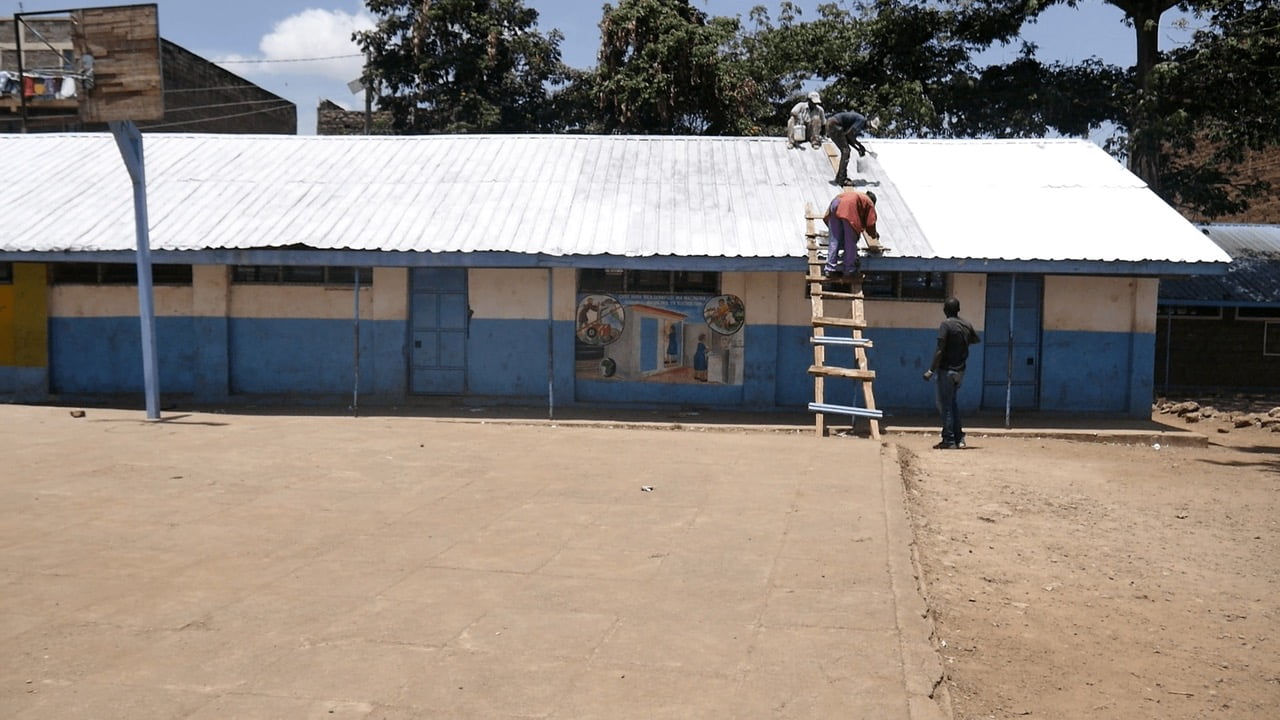
TiO2 is key
An essential ingredient of Topps Seal® white roof coating is TiO2. The brilliant white pigment is added to the paint to reflect the heat generated by the infrared rays of the sun. An added bonus is that coatings containing TiO2 are opaque, meaning they don’t need to be applied in thick or double coats, improving resource efficiency and saving money. This is critical for settlements in countries like Kenya where resources and funding for this type of project are limited.
Topps Seal® white roof coating is proven to reduce rooftop temperatures by as much as 10°C or more. Elimination of solar radiation also protects the roofs from thermal movement, which is a common cause of roof damage and collapse.
The positive impact of cool roof coatings
To apply the white roof coatings, Steam Plant Ltd engaged with young people in the area. “There’s high youth unemployment in the informal settlements,” explained Dr Gathogo. “This was an opportunity to recruit young people and employ them economically. We showed them that this is something they can do and hopefully it will encourage them to start their own businesses using cool roof products.”
As well as houses, the cool roof coatings are being applied to schools, clinics, children’s homes, social buildings and administration facilities in Nairobi’s Korogocho and Kibera informal settlements. “We also plan to collaborate with other stakeholders to roll out passive cooling to other sectors in Kenya,” said Dr Gathogo.
Indeed, raising awareness of the benefits of this cool roof technology is vital: “We want to show governments that there are alternatives to expensive air conditioning units. We can introduce and implement sustainable and affordable alternatives to cooling.”
To date, Steam Plant Ltd has applied Topps Seal® white roof coating to 11 000m2 of roofing in informal settlements. The feedback from inhabitants has been overwhelmingly positive. “The measurements and images taken before, during and after application of the coating show significant reduction of the ambient temperatures in the coated buildings, creating comfortable learning, working and living conditions,” said Dr Gathogo.
The pilot project has been so successful that passive cooling has been added to Kenya’s National Cooling Action Plan, a guide to the provision of access to sustainable cooling for all Kenyans.
“Our project shows that this relatively simple measure can have a huge impact on creating cooler living and working environments for people,” continued Dr Gathogo. “The only thing that prohibits more people in settlements from applying roof coatings is the cost. They don’t have the money to invest in it. So, we are working with communities, governments and other bodies to see if we can cooperate to help them fund these projects and roll them out across more settlements in Kenya.”
